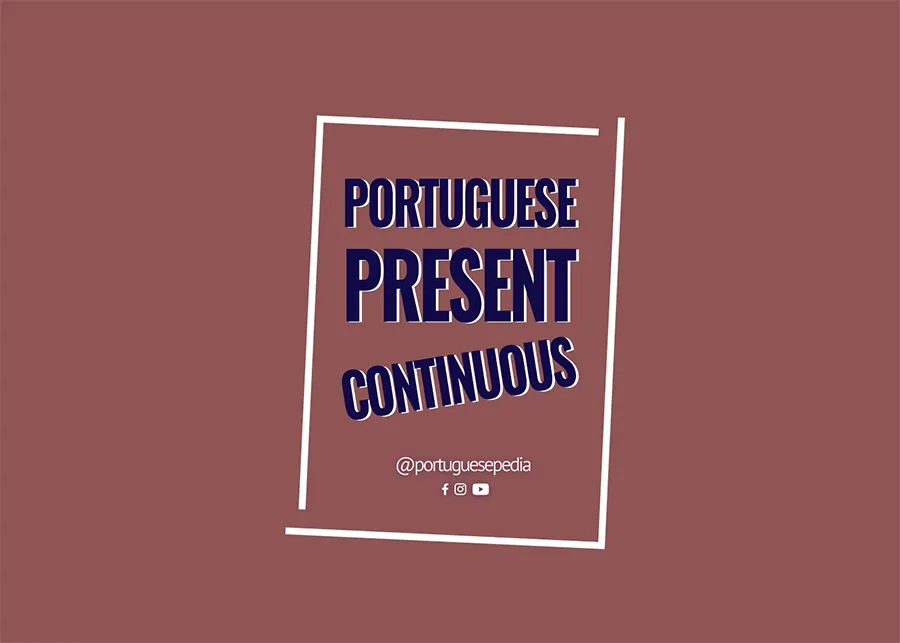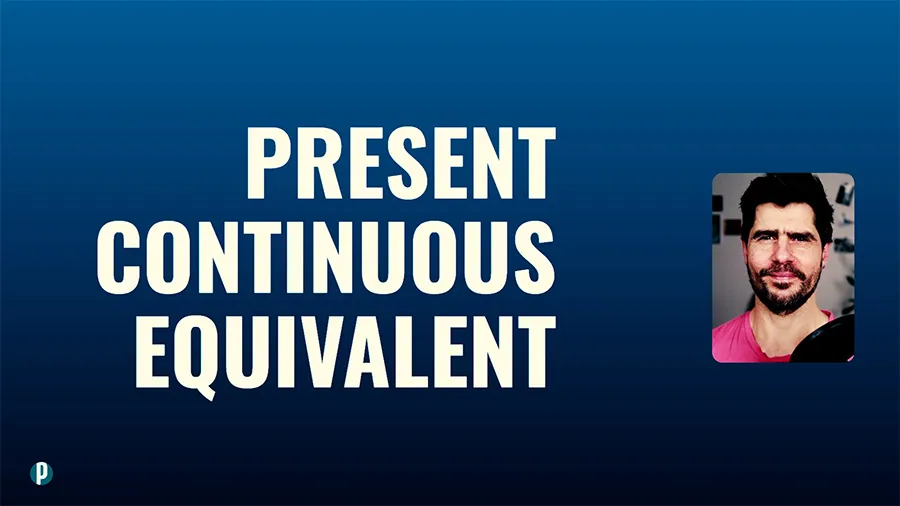
Present Continuous in Portuguese
In Portuguese, as in English, we use the present continuous to talk about ongoing actions. Note, however, that the present continuous in the European and Brazilian standards look slightly different.
Let’s take a quick look at it.
European Portuguese
In European Portuguese, we form the present continuous with the auxiliary verb estar in the present tense followed by the main verb in the infinitive form. In between the two, there is the preposition a:
| estar (present) + a + main verb (infinitive) Estou a ver um filme. I am watching a movie. Ela está a comer. She is eating. |
! In Portuguese, there are 2 to-be verbs. Learn more about it: Portuguese Verbs Ser vs. Estar: How and When to Use Either.

Olá! I'm Pedro and I'm your Portuguese teacher.
Ready to unlock the beauty of European Portuguese? Portuguesepedia is your key! This all-in-one platform provides a wealth of learning resources, from bite-sized video lessons to immersive idiomatic dips. Perfect your pronunciation and aural comprehension with listening drills and solidify your grammar with in-depth articles. Start your Portuguese journey today!
Share this article
Get my guide "Key Strategies to Learn Portuguese" for FREE.

